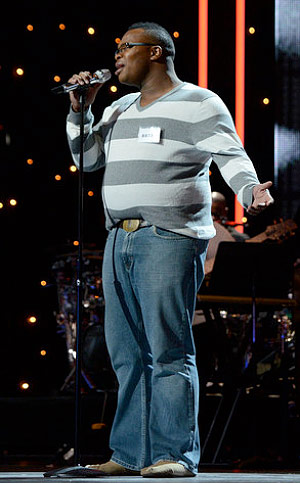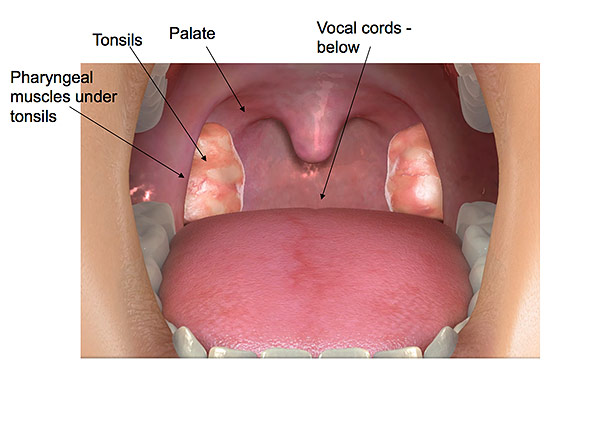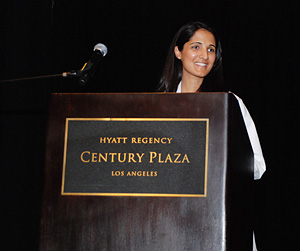- Question: How do the ingredients in e-cigarettes and vaporizers affect respiratory health? - August 16, 2019
- Bad Technique and Vocal Injury - January 9, 2019
- Is Edible Marijuana Dangerous for the Voice? Myths Dispelled - December 18, 2018
- Surprise! You have a hemorrhage - January 31, 2018
- Graves’ Disease: Treatment Overview - September 25, 2017
- Adele and the Stigma of Vocal Injury - July 11, 2017
- Vocal Curbside Consult: How does the thyroid affect the voice? - May 16, 2017
- Vocal Curbside Consult: How do hormones affect the voice? - May 3, 2017
- Vocal Curbside Consult: How do emotion and stress affect the voice? - April 17, 2017
- Vocal Curbside Consult: Vocal Recovery After Illness - April 7, 2017
 The subject of singing and tonsillectomy has been receiving a lot of attention, thanks to the story of Micah Johnson. The American Idol contestant reports that complications from a tonsillectomy left him with a severe speech impediment due to his tonsillectomy. He states a nerve was injured and resulted in his problem.
The subject of singing and tonsillectomy has been receiving a lot of attention, thanks to the story of Micah Johnson. The American Idol contestant reports that complications from a tonsillectomy left him with a severe speech impediment due to his tonsillectomy. He states a nerve was injured and resulted in his problem.
Singers fear any surgery, and rightfully so. There are risks to the voice, even when the surgery is not done to the vocal cords themselves.
However, tonsillectomy often gets a reputation for being detrimental to the voice when this is normally not the case.
What is a tonsillectomy?
A tonsillectomy is a surgical procedure that involves removing the tonsils. The reasons to have a tonsillectomy are:
- frequent infections of the tonsils (not simply frequent colds)
- culture proven Strep infection of the tonsils
- snoring/sleep problems related to large tonsils
- history of complication from tonsillitis (abscess)
- one larger tonsil
- tonsil stones (tonsilloliths) that are painful or recurrent
What are the complications of tonsillectomy?
Tonsillectomy is generally a safe procedure. The most significant risk may occur in the first 1-2 weeks after surgery, bleeding of the tonsil bed.
The tonsils sit on top of the pharynx (throat) muscles. When they are removed, it exposes the throat muscles. This is unlike any other surgery, because other surgeries involve closing the wound to protect delicate tissues that are not typically exposed to air. Because throat muscles stay exposed after tonsillectomy, they may bleed.
Therefore, the most significant risk of tonsillectomy is bleeding. However, this is most often easily controlled in the doctor’s office, without a need for repeat surgery.
What are the risks of tonsillectomy in singers?
Because the tonsils sit on pharynx (throat) muscles, which are involved in palate elevation and configuration of the vocal tract, tonsillectomy can affect the control of these muscles. Further, some techniques result in significant scarring of the pharynx muscles, making movement of the vocal tract difficult, altering the resonance of the singer’s sound.
Oral resonance may also be affected, as there is more room in the mouth for sound to resonate in after tonsillectomy. Singers may find this disconcerting and it may take time to adapt, given that they have learned to sing while having those tonsils in place.
Complications, such as severe palate scarring, may result in leakage of air into the nose, but this is exceedingly rare.
What is a Singer’s Tonsillectomy?
A protocol has been developed at the Osborne Head and Neck Institute (OHNI) to minimize the risk of complications in singers after tonsillectomy. The pharynx muscles, if overly cauterized and heated, will scar. At OHNI, specialized instruments are used to remove the tonsils that apply minimal heat to the pharynx muscles, thereby reducing scarring.
Protocols are also adopted intraoperatively, to minimize injury to other structures that are important in speaking and singing, such as the palate, tongue, teeth, and lips.
Surgery is also tailored to the singer, removing tissue in a conservative way and balancing against the impact of the surgery on oral resonance.
What about recovery for a singer?
The singer’s recovery from tonsillectomy is very specialized. Early mobilization of the palate and lengthening of the pharynx muscles are just some of the rehabilitative techniques used to discourage scar from forming in the pharynx. The better the pharynx muscles heal, the more natural the singer’s voice will feel afterwards. This should be done by a vocal therapist with specialty in the performing voice.
The most important thing about tonsillectomy in singers is ensuring the entire team is prepared to care for the singer. This includes the staff, the surgeon, the laryngologist, the vocal therapist, and the anesthesiologist. Unless all five team members are involved and adopt specialized singer’s protocols, the risk to a singer is higher. Educating yourself about the options available is the only way to minimize your risk of having vocal complications from a tonsillectomy.
Read patient stories about Dr. Reena Gupta from The Division of Voice at the Osborne Head and Neck Institute.
To learn more about the voice and voice-related issues, click here.





